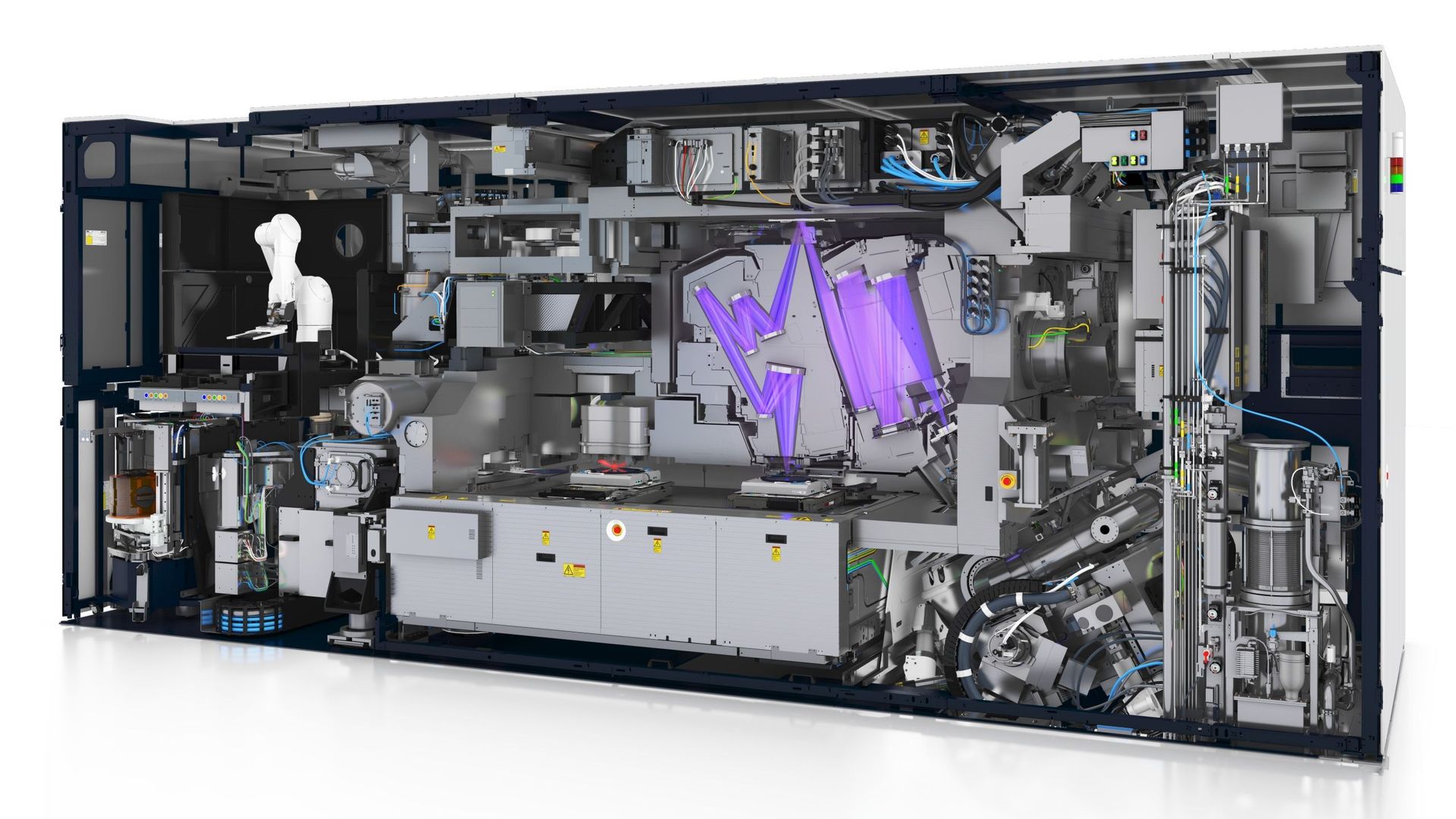45% faster using 75% less power. Whoda thunk it possible?
 www.anandtech.com
www.anandtech.com
AnandTech Forums: Technology, Hardware, Software, and Deals
Seeking answers? Join the AnandTech community: where nearly half-a-million members share solutions and discuss the latest tech.
 www.anandtech.com
www.anandtech.com


